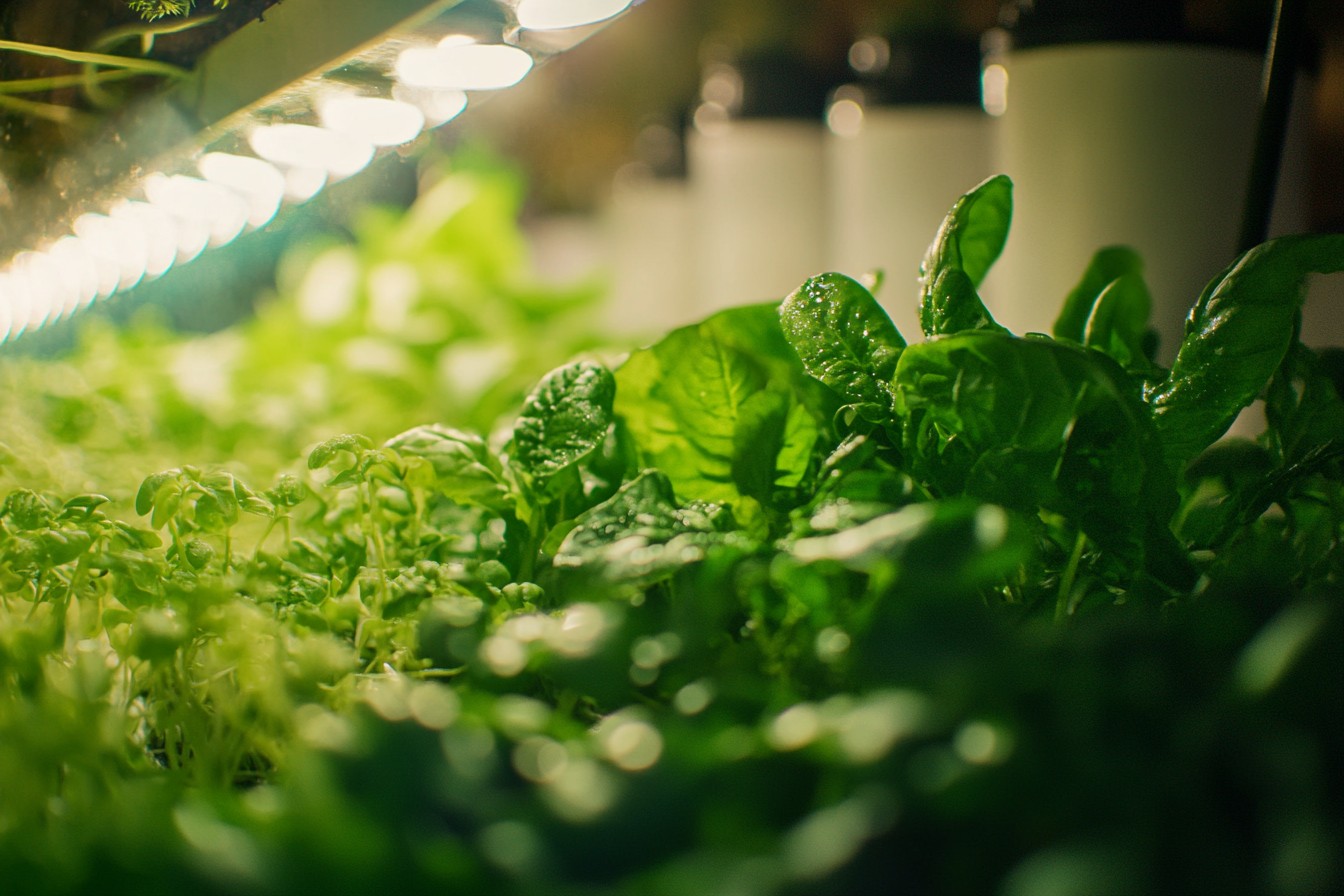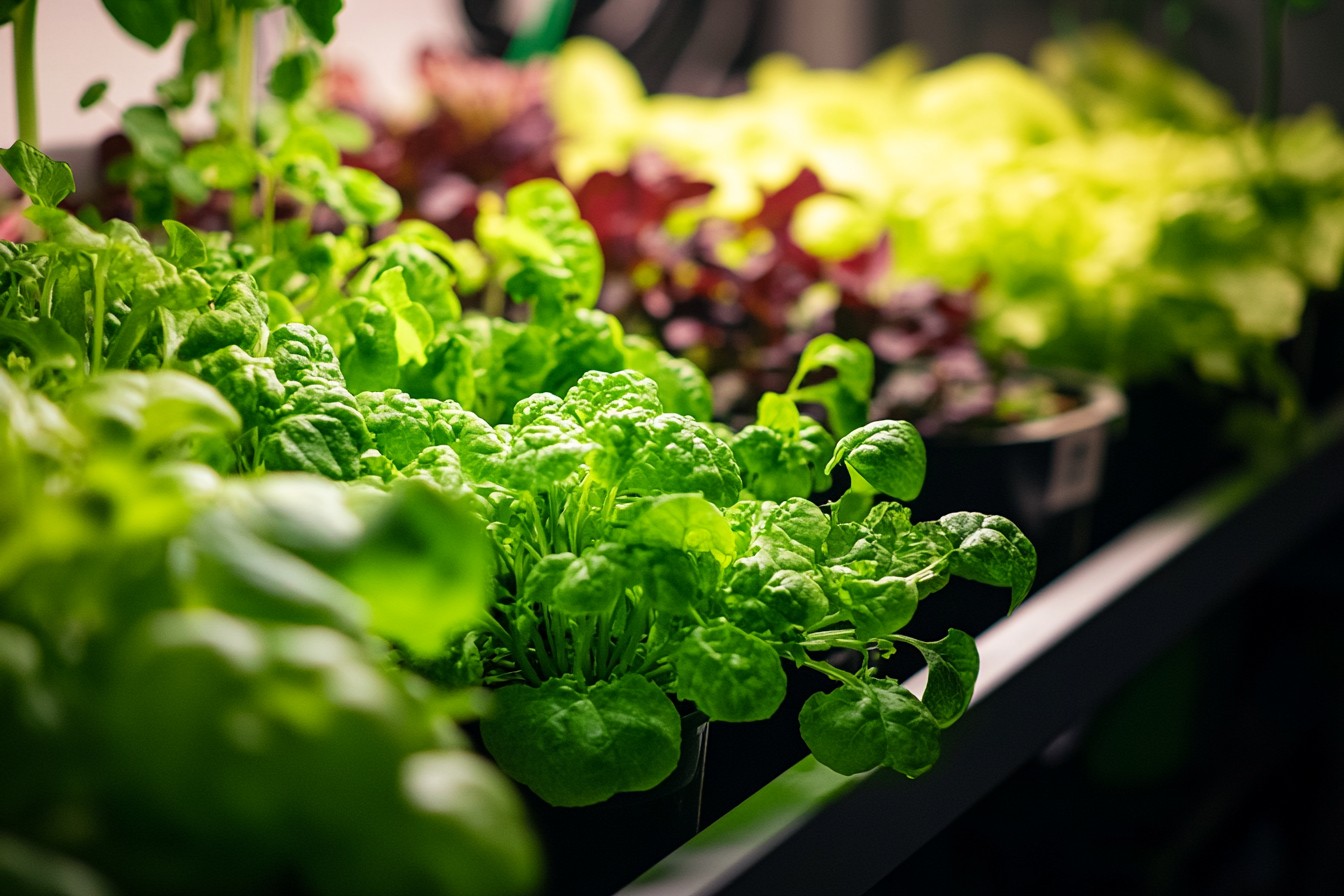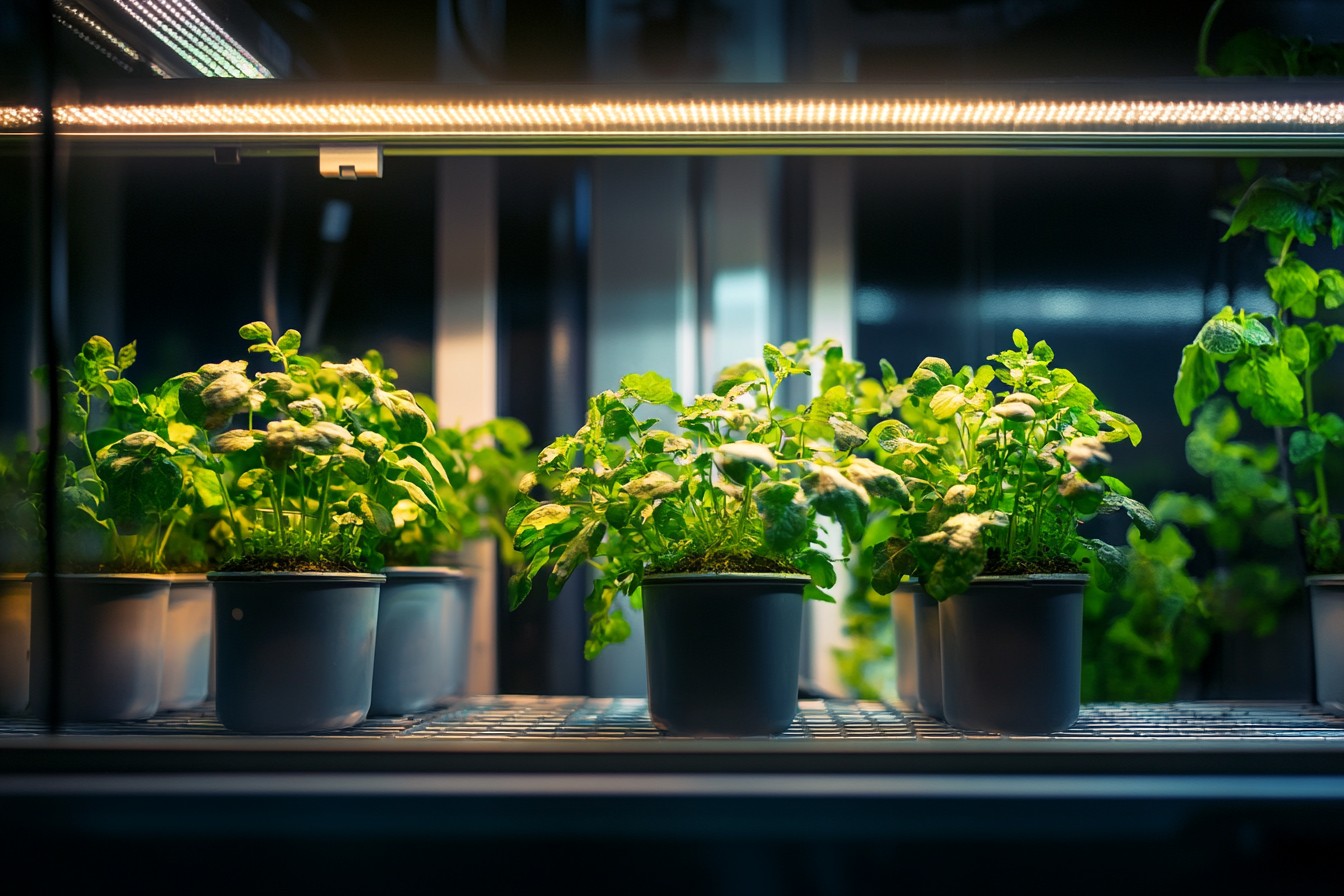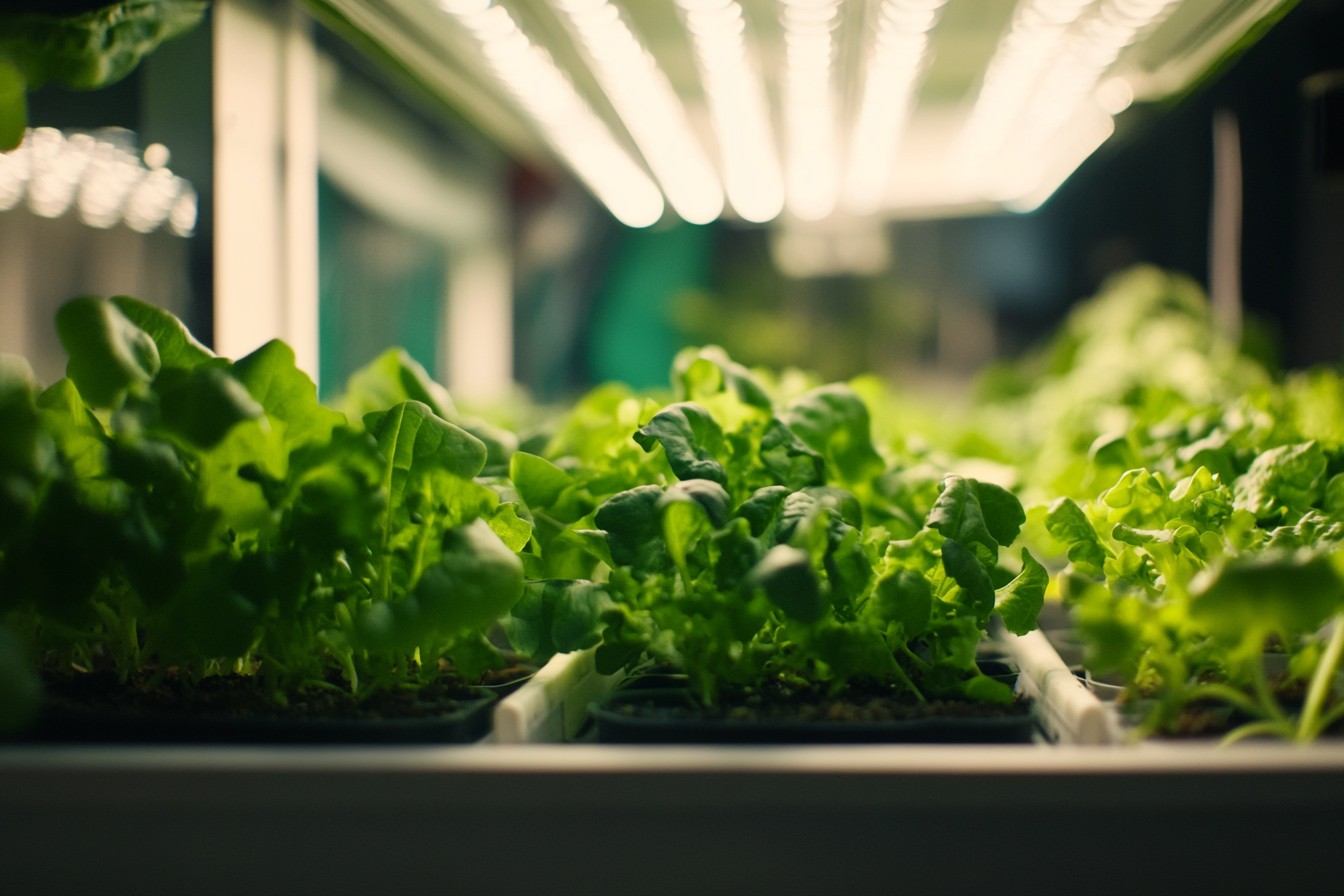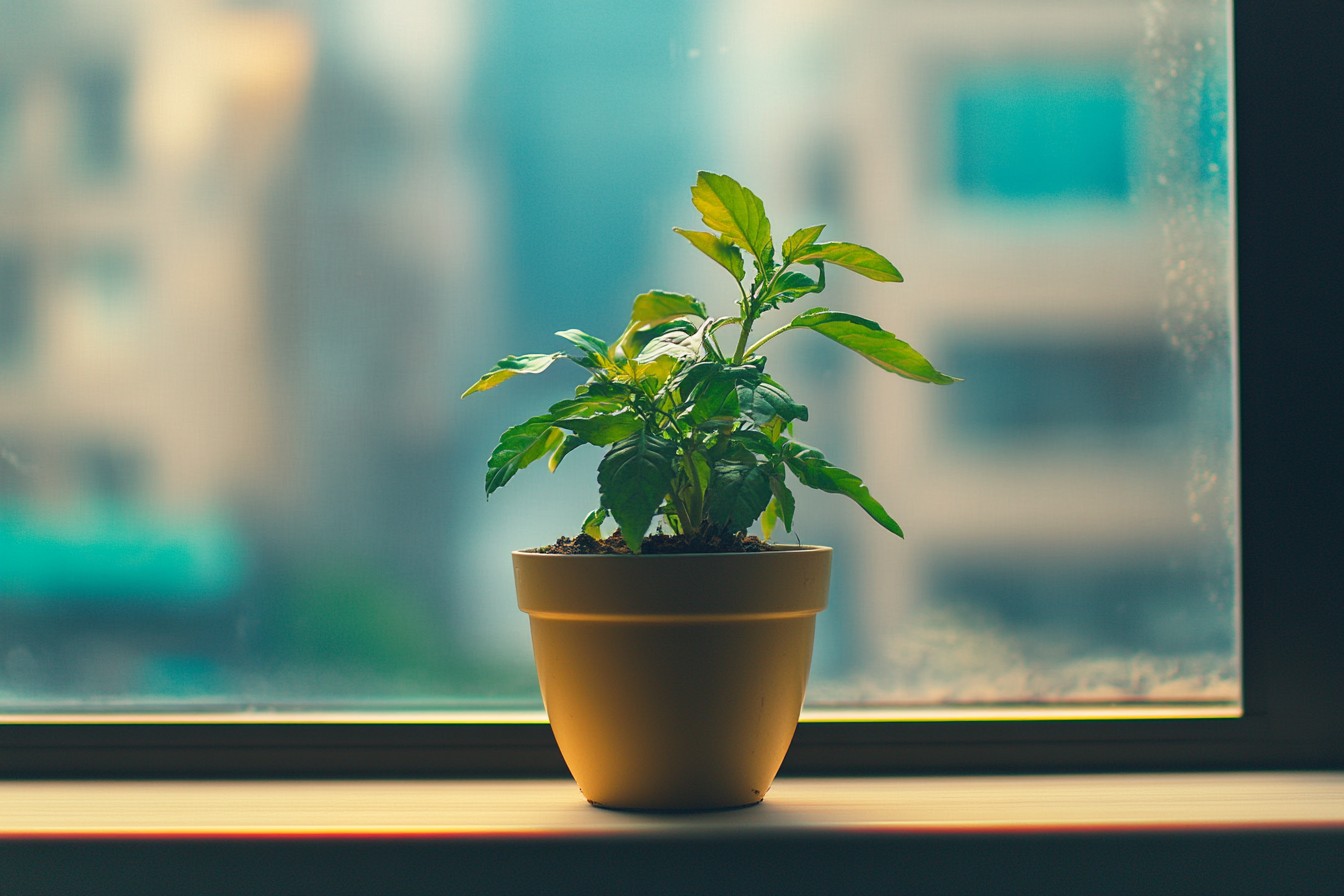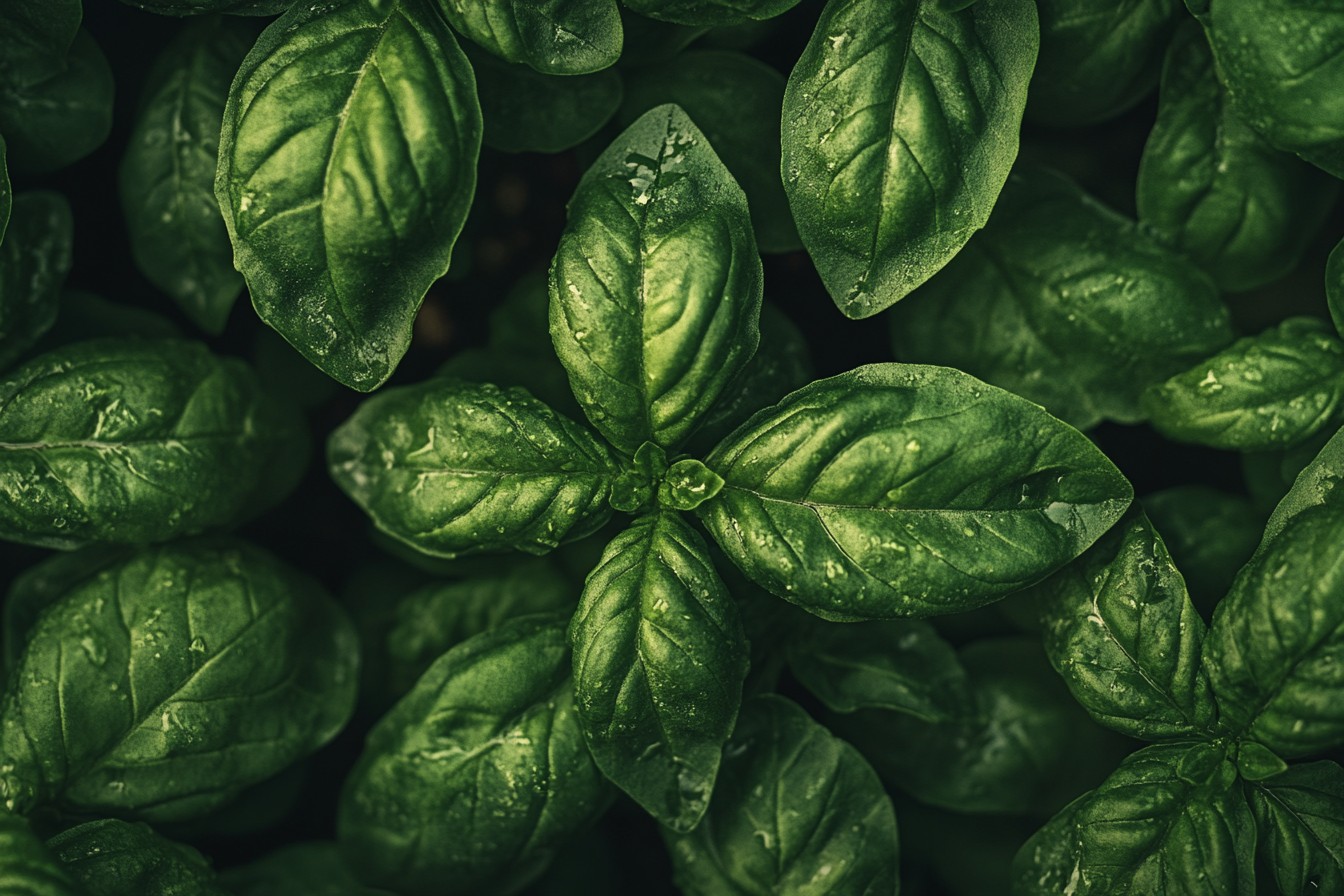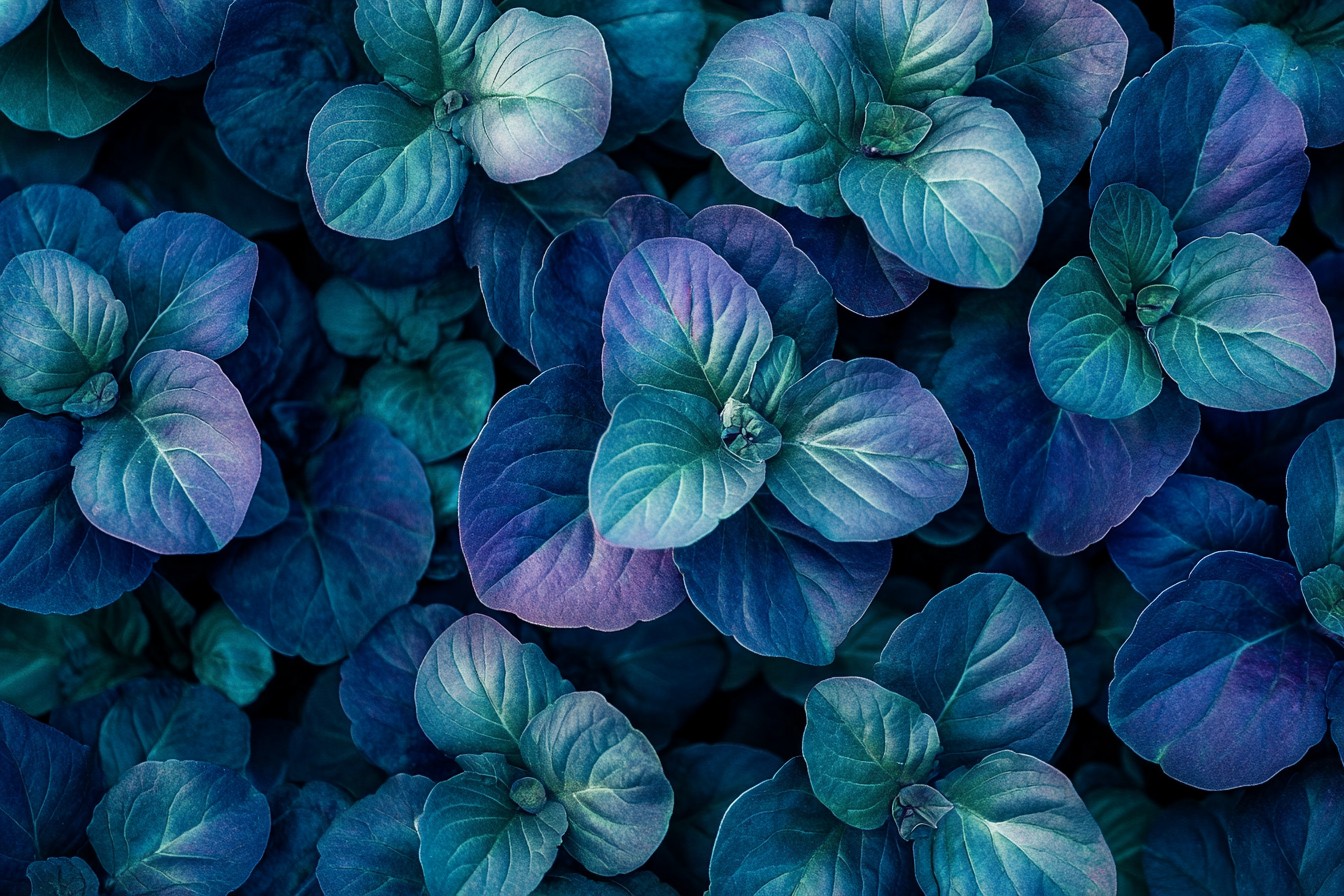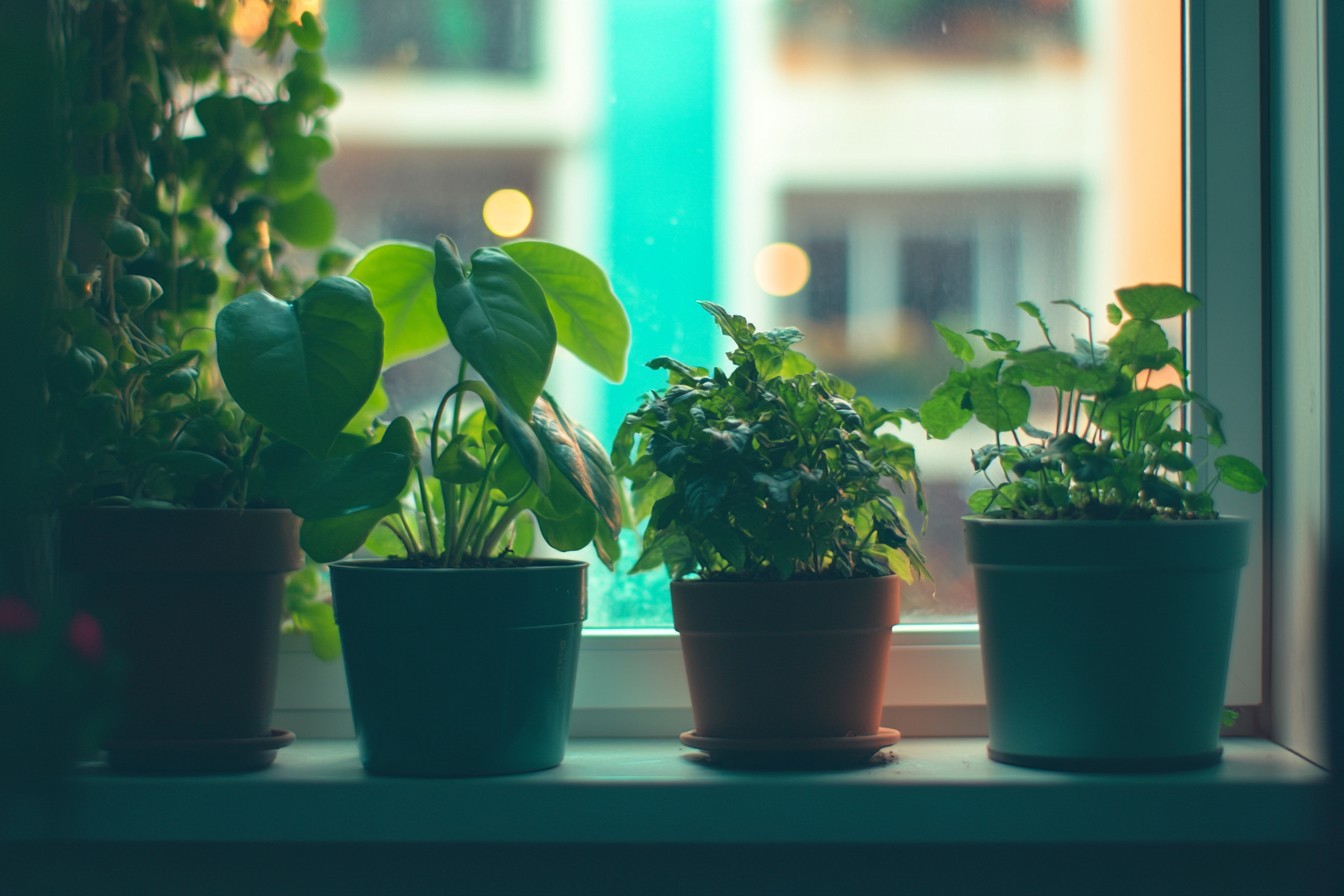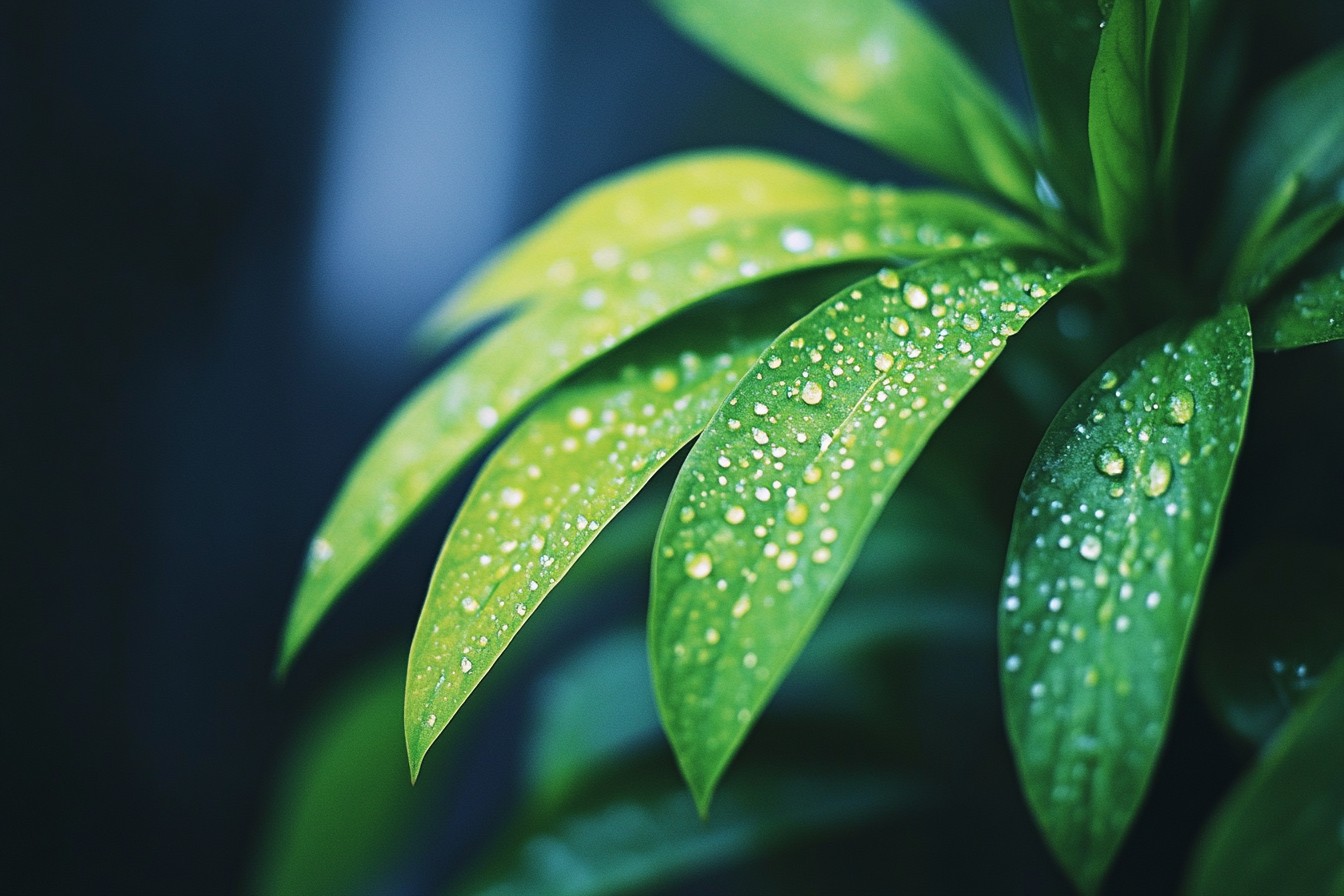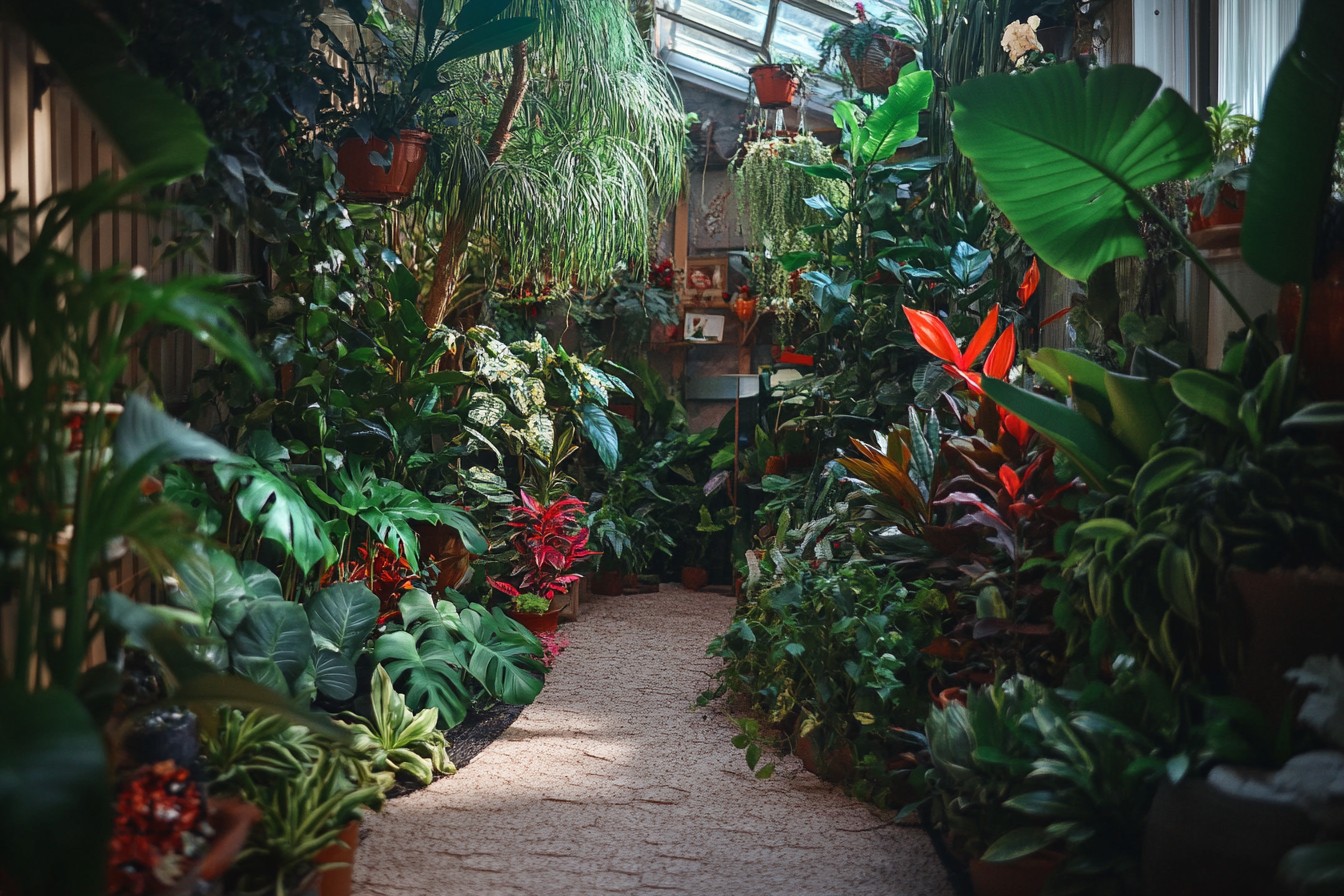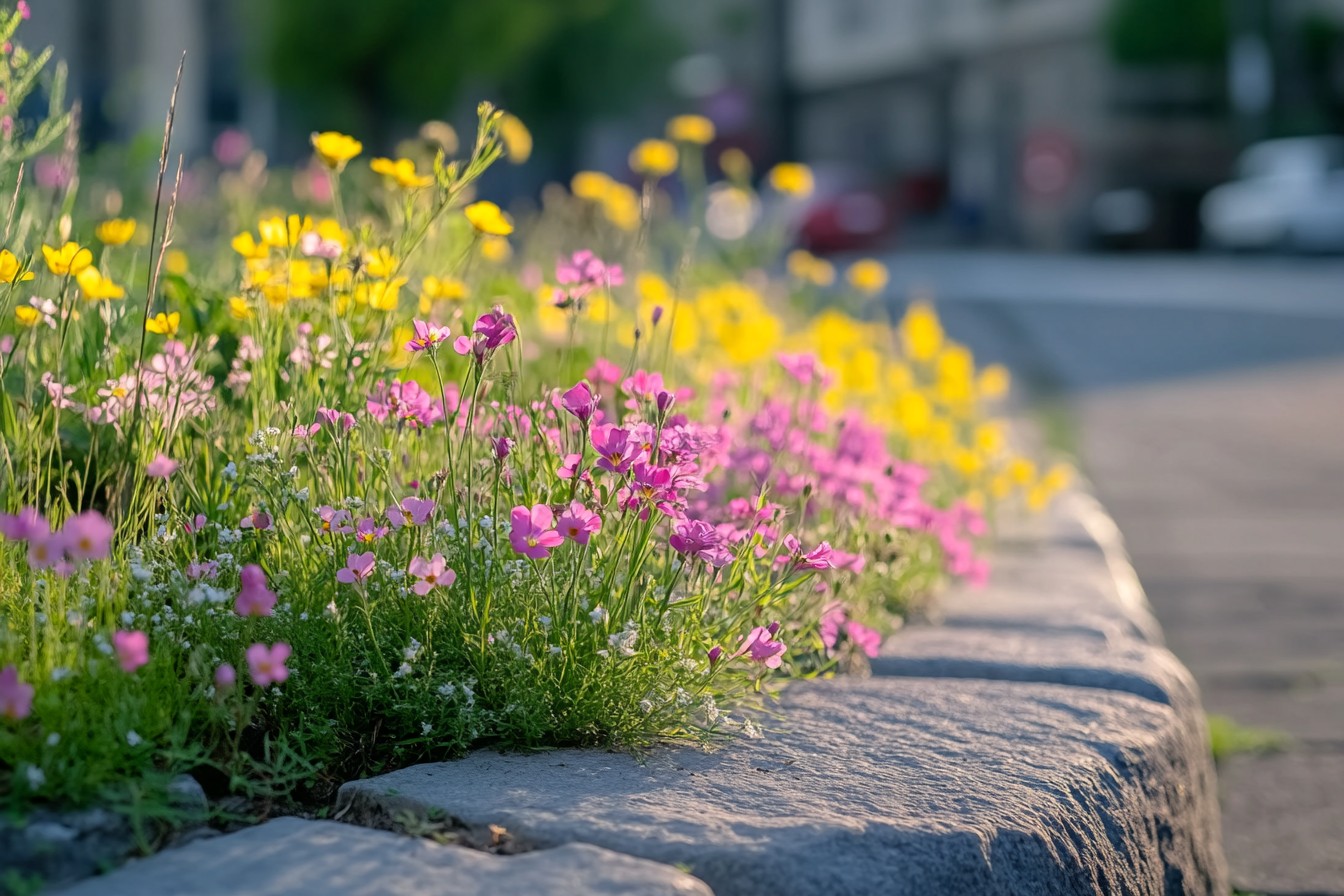I’ve killed more plants than I care to admit. Like, if plants had a Most Wanted list, my face would be plastered on post office walls with warnings like “Approach with caution: known succulent murderer.” But something magical happened when I started experimenting with hydroponics in my one-bedroom apartment four years ago. Turns out, removing soil from the equation was exactly what this chronic over-waterer needed.
My first hydroponic setup was embarrassingly janky—just some plastic tubs from the dollar store, net pots I ordered online at 2 AM during an insomnia-fueled shopping spree, and an air pump stolen borrowed from my roommate’s fish tank (sorry, Dave). The whole contraption sat on my kitchen counter, humming slightly and occasionally leaking onto my linoleum floor. My expectations were basement-level low.
I figured I’d grow some sad, leggy lettuce before giving up and converting the tubs into storage for my ever-growing collection of plant pots. Instead, I discovered that some plants don’t just survive in water—they absolutely thrive. After four years and seventeen different hydroponic systems (my current count includes three DWC buckets, a small NFT system running along my living room wall, and a vertical tower that has definitely violated some part of my lease agreement), I’ve tested dozens of crops.
Some failed spectacularly—my hydroponic carrots looked like sad orange threads, and we don’t talk about the Great Strawberry Mold Incident of 2021. But these five crops have been consistent winners, even under the less-than-ideal conditions of my north-facing apartment with its questionable temperature regulation. Let me introduce you to my hydroponic MVPs:
Basil has earned the top spot in my hydroponic hall of fame, and it wasn’t even close.
My first successful hydroponic crop was exactly one basil plant, purchased as a sad $3 specimen from the grocery store. I stripped off the soil, rinsed the roots, and plopped it into my primitive DWC system with absolutely no faith it would survive the transition. Two weeks later, it had doubled in size.
A month later, I was making pesto by the quart. Six weeks after that, it had turned into what my friend Jess called “The Basil Monster” when she came over for dinner. Here’s what makes basil the perfect hydroponic plant for apartment dwellers: it grows insanely fast in water, it’s almost impossible to mess up, and it keeps producing as long as you keep harvesting.
I’ve had single basil plants live for over a year, growing into woody-stemmed bush-like creatures that take over entire corners of my setup. The flavor is intensely aromatic—way stronger than store-bought—and it grows so densely that weekly harvests become necessary just to keep it in check. My current system dedicates an entire bucket just to rotating basil plants.
I start new cuttings every few weeks, so I always have fresh young plants coming up as the older ones eventually get woody and less productive. The only real issue I’ve had is when my heat went out last winter and the temperature dropped below 60°F—basil does not appreciate the cold. But other than that?
Bulletproof. My second-favorite hydroponic crop started as a total accident. I had bought green onions for a recipe, used the green tops, and instead of throwing away the white bottoms with their tiny roots, I stuck them in a glass of water on my windowsill—you know, like we all did as kids in science class.
When they started regrowing, I figured what the hell, and dropped them into an empty spot in my system. That was two years ago. THE SAME GREEN ONIONS are still producing, which feels like some kind of cosmic joke on grocery stores everywhere.
Green onions in hydroponics are the gift that keeps on giving. You harvest by cutting the green shoots, leaving about an inch of growth above the roots, and they just… keep…
coming back. I’ve grown them in every system I have—DWC, Kratky, NFT, even in simple mason jars by the window. They don’t care.
They don’t need much light. They laugh at temperature fluctuations. They’re the cockroaches of the hydroponic world, and I mean that as the highest compliment.
The only maintenance they need is an occasional root trimming when they get too long and tangled. Every 3-4 months, I lift them out, trim about a third of the root mass, and put them back. That’s it.
In return, I never buy green onions at the store, and my stir-fries, soups, and omelets always have that fresh zing that only just-cut alliums can provide. Cost per year? Maybe 99 cents for the initial bunch.
Return on investment? Incalculable. Lettuce takes the third spot on my list—specifically, loose-leaf varieties rather than head lettuce.
I started with butter lettuce because the grocery store hydroponic versions were costing me $4 a pop, which seemed ridiculous for what is essentially crunchy water. My first crop was ready in just under 4 weeks from seed, and I’ve been in a continuous rotation of lettuce growing ever since. What makes lettuce ideal for indoor hydroponics is its compact size and relatively low light requirements.
Even under my basic T5 fluorescent shop lights (before I upgraded to proper LEDs), lettuce grew happily. It doesn’t need the intense light that fruiting plants demand, making it perfect for average apartment conditions. Growing multiple varieties keeps things interesting—I usually have some combination of red oak leaf, buttercrunch, and romaine going at all times.
The trick with hydroponic lettuce is harvesting it correctly. Instead of pulling the whole plant, I do the “cut and come again” method—snipping the outer leaves while leaving the growing center intact. This extends my harvest from each plant by weeks, sometimes months.
My record is keeping a single buttercrunch plant producing for 4.5 months before it finally got bitter and started to bolt. Temperature control is the biggest challenge with lettuce—if my apartment gets too warm (above 75°F consistently), it turns bitter and wants to flower. During summer heat waves, I’ve been known to set up my lettuce tubs in front of my portable AC unit, which my ex-girlfriend found both hilarious and slightly concerning.
But the reward is a constant supply of crisp, clean lettuce without the slime, rot, or mysterious brown spots that plague store-bought varieties. And since I’m harvesting it literally minutes before eating, the vitamin content is at its peak. The dark horse of my hydroponic garden is definitely culinary herbs—not just basil, but the whole supporting cast: cilantro, parsley, mint, and thyme.
If I had to pick one standout from this group for spot number four, it would be cilantro, purely because store-bought cilantro seems determined to turn into green slime approximately 14 seconds after I bring it home. Hydroponic cilantro stays fresh on the plant until I need it, grows back quickly after harvesting, and produces for months before needing replacement. It does require more light than basil (my first attempts were sad and leggy), but once I got my light situation sorted out, it became a staple.
The flavor is cleaner than soil-grown—less earthy, more bright and citrusy. For someone who uses cilantro in everything from tacos to curries to salads, having it constantly available has been game-changing. What makes herbs as a category so perfect for indoor hydroponics is their value-to-space ratio.
A square foot of hydroponic herbs would cost $20+ at the grocery store, and they’d be wilted before you used a quarter of them. That same square foot in my system provides fresh herbs for months on end. Plus, they’re pretty.
My herb section adds a lush, green vibrancy to my living room that no houseplant can match, because it’s so dense and varied in texture. The only real downside is that different herbs have different preferences—mint grows like it’s trying to take over the world (even in hydroponics, it’s a bully), while thyme is slower and more deliberate. I’ve learned to group them according to their needs rather than my organizational preferences.
But even with this tetris-game of requirements, the payoff is tremendous. Rounding out my top five is a newer addition to my hydroponic obsession: kale. I know, I know—peak millennial, growing kale in my apartment like some kind of stereotype.
I fought it for years. But here’s the thing: kale in hydroponics is NOTHING like the tough, bitter stuff in stores. It’s tender, sweet-ish, and grows like it’s on a mission.
I started with Russian red kale because the seeds were on sale (high-level gardening strategy there), and it took off like nothing I’d grown before. In just five weeks, I was harvesting outer leaves the size of my hand. Like lettuce, kale works best with the cut-and-come-again method, and a single plant will produce for months if you don’t get greedy and over-harvest.
It’s also surprisingly pretty—the Russian red variety has purple stems and veins that make it ornamental enough to have earned a spot in my front-window system. What makes kale ideal for apartment hydroponics is its vertical growth habit (it makes good use of limited space), its cold tolerance (survives my apartment’s dubious winter heating), and its nutritional density. When grocery prices went nuts last year, knowing I had essentially a free daily source of iron, calcium, and vitamins A, K, and C growing in my living room was weirdly comforting.
My system with eight kale plants produces enough for a small salad or smoothie addition every single day, indefinitely. The learning curve with kale was figuring out the nutrient balance—it’s hungrier than lettuce or herbs, and when it doesn’t get enough nitrogen, the leaves turn pale and growth slows dramatically. I now use a slightly different nutrient mix for my kale bucket than for my other greens, and that solved the problem entirely.
Honorable mentions that just missed the top five: bok choy (grows like crazy but tends to bolt if my apartment gets too warm), microgreens (technically not hydroponics since I grow them in hemp mats, but still soilless), and cherry tomatoes (which produce well but take up more space and light than I can usually spare in my limited setup). The plants that were absolute disasters: anything root-related (my hydroponic carrots looked like orange threads, radishes got all top and no bottom), strawberries (constant mold issues and tiny yields), and bell peppers (grew beautifully but never produced more than two peppers per plant before dying dramatically). The beauty of hydroponic growing in small spaces isn’t just the fresh food—though that’s a major perk.
It’s the constant experimentation, the satisfaction of eating something you grew yourself in the middle of a city, and the weird pride that comes from having dinner guests ask, “Wait, you grew this? In here?” It’s the way growing something edible connects you to natural cycles even when you’re surrounded by concrete and drywall. Plus, there’s something deeply satisfying about eating a salad made entirely of greens you grew yourself while looking out the window at three feet of January snow.
It feels like cheating at seasons, in the best possible way. So if you’re apartment-bound but craving some green growing things in your life, start with these five. Your windowsill (and your grocery bill) will thank you.
Just maybe don’t steal your roommate’s fish pump. Apparently, fish need air too. Who knew?
